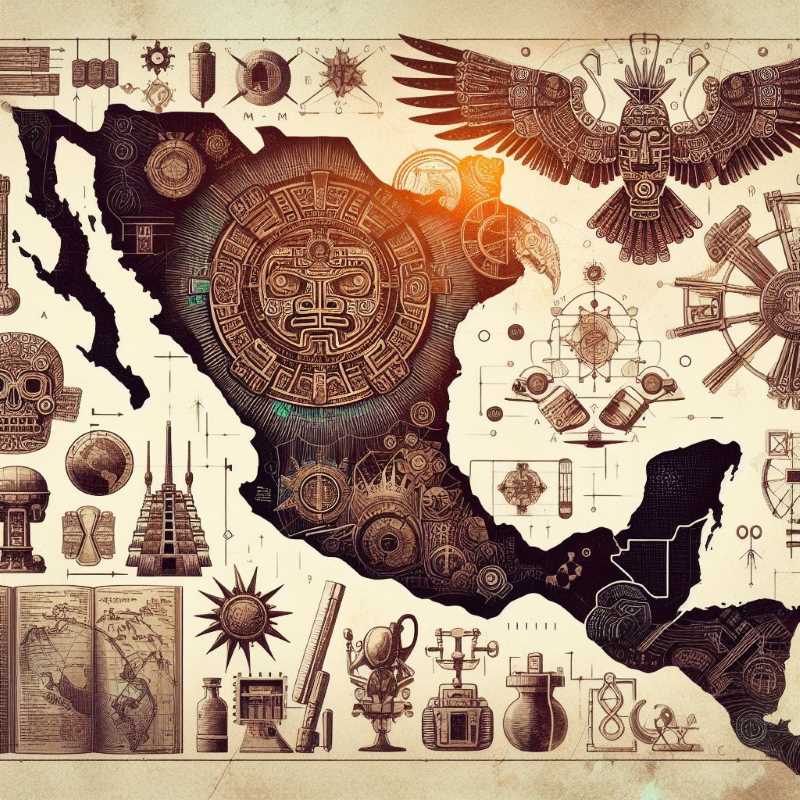How a Jesuit Rebel Priest Unearthed Aztec Secrets
Jesuit rebel priest Clavijero resurrected Mexico's past, defying dogma with Aztec language, science, and a dash of wit. His “Ancient History” and Baja California tales ignited debates and opened doors to understanding a lost world, proving history's magic lies beyond dusty dates.

Francisco Javier Clavijero was born in 1731 and died in exile in Bologna in 1787; The obligations of his father, who was a civil servant, took him to Oaxaca where he began his dealings with the Mixtec Indians; He studied in Puebla with the Jesuits, and entered the Society of Jesus there in 1748. Thanks to his biographer Maneiro, we know that his favorite authors included Quevedo, Cervantes, Sor Juana, and Feijóo.
Since his youth, he had a vocation for languages (Náhuatl, among other indigenous languages, Greek, Hebrew, French, Portuguese, some English and German). He was an important disciple of the Jesuit José Rafael Campo, who introduced him to the documents of Sigúenza and Góngora that were in the College of San Pedro and San Pablo — where he learned to decipher codices — and to some modern philosophers: Descartes, Leibnitz, Franklin, from whom Clavijero extracted what he believed to be fair. He studied physical, natural and mathematical sciences all his life.




